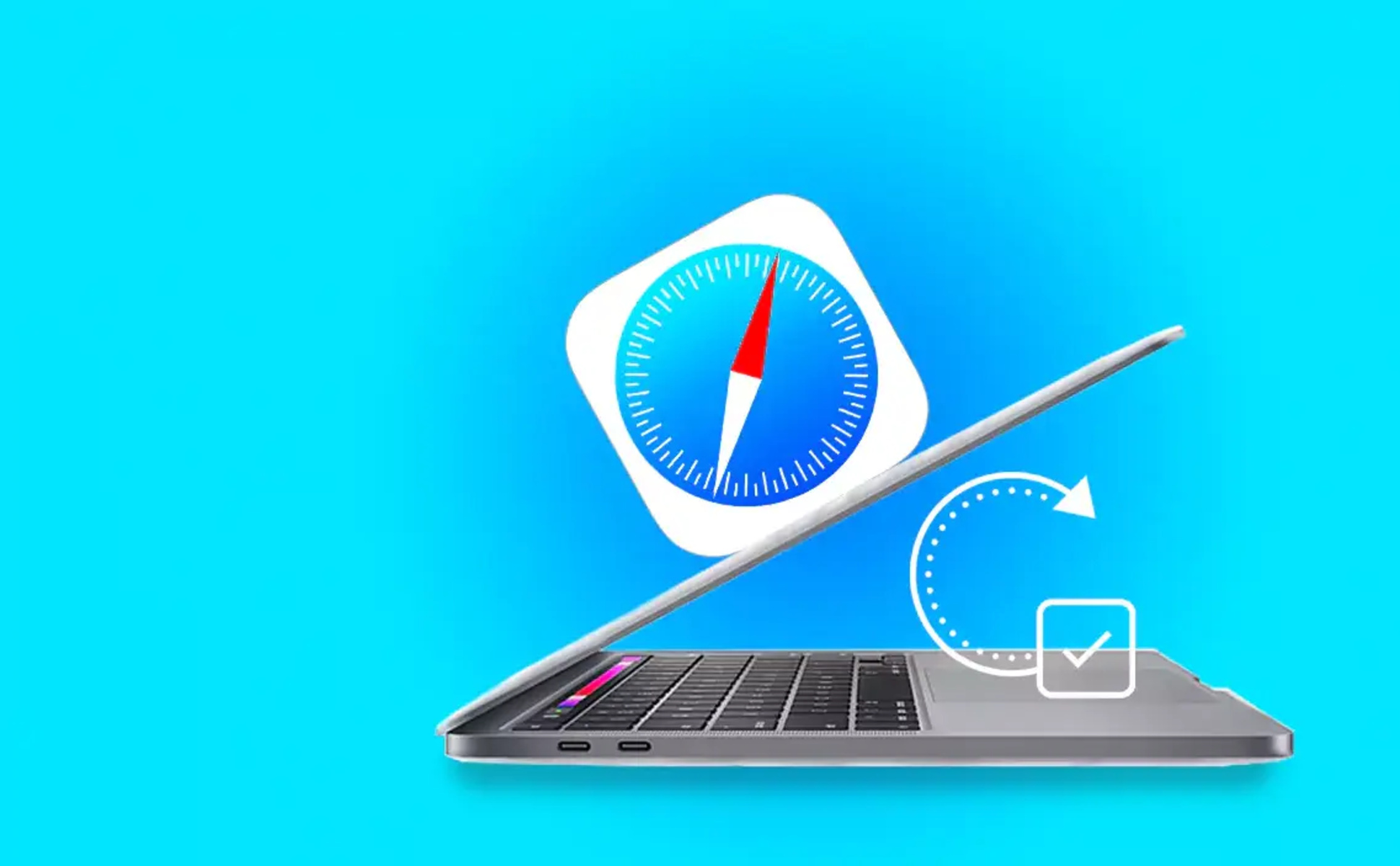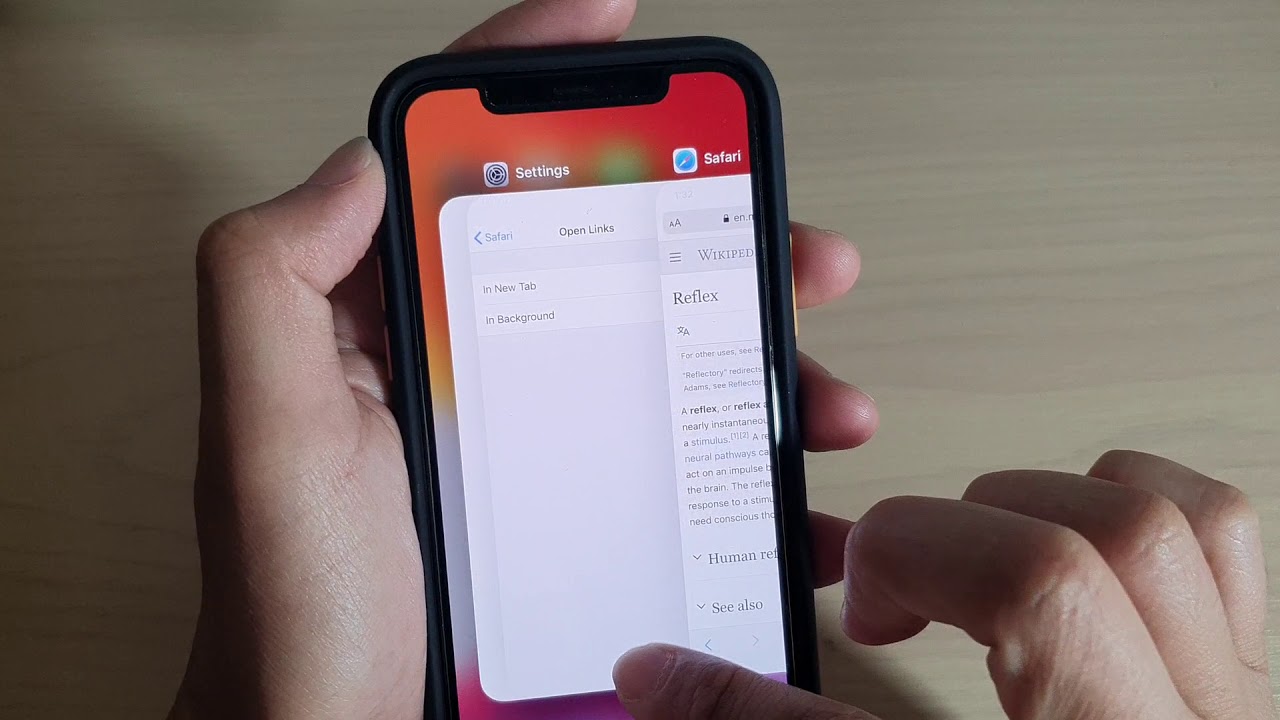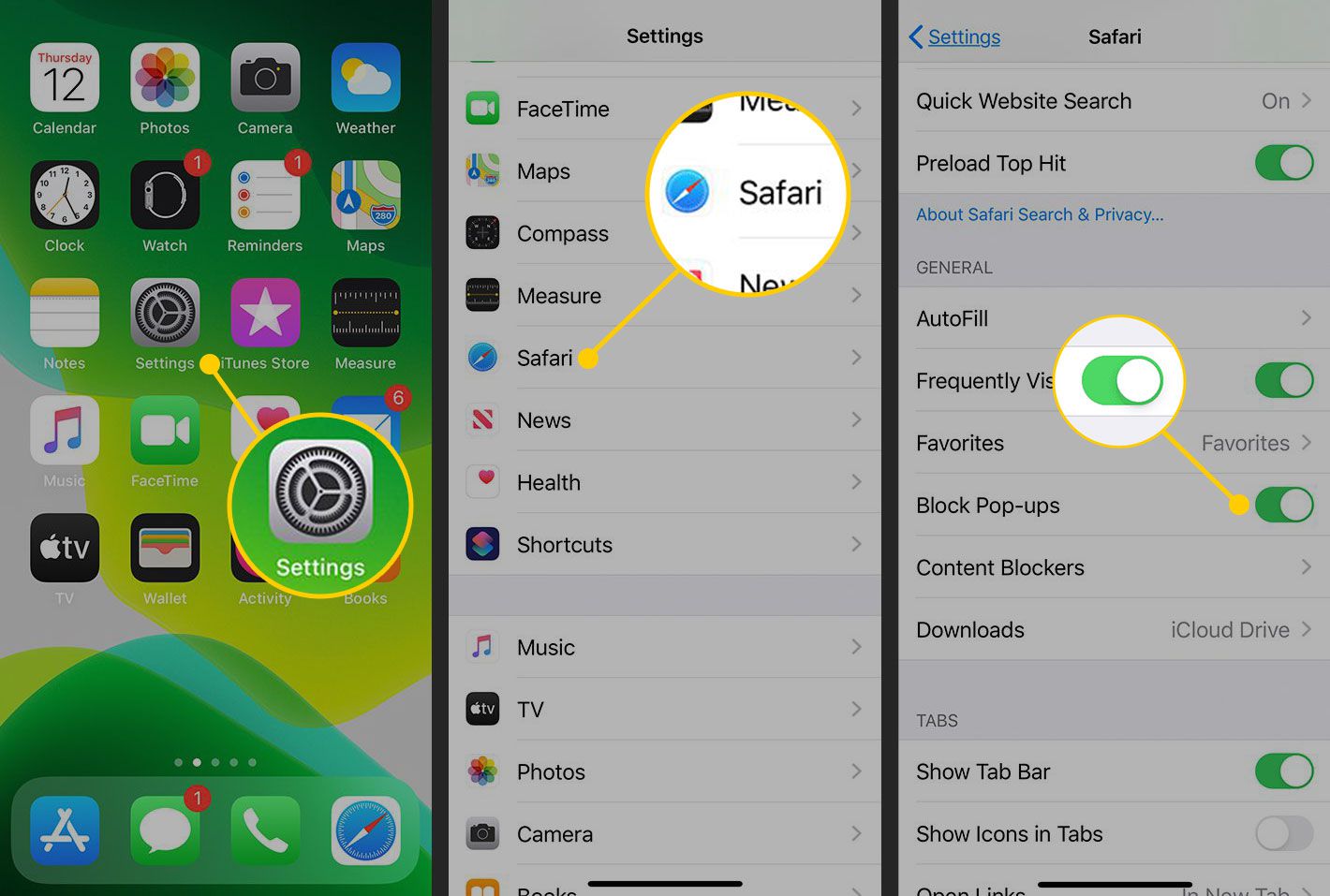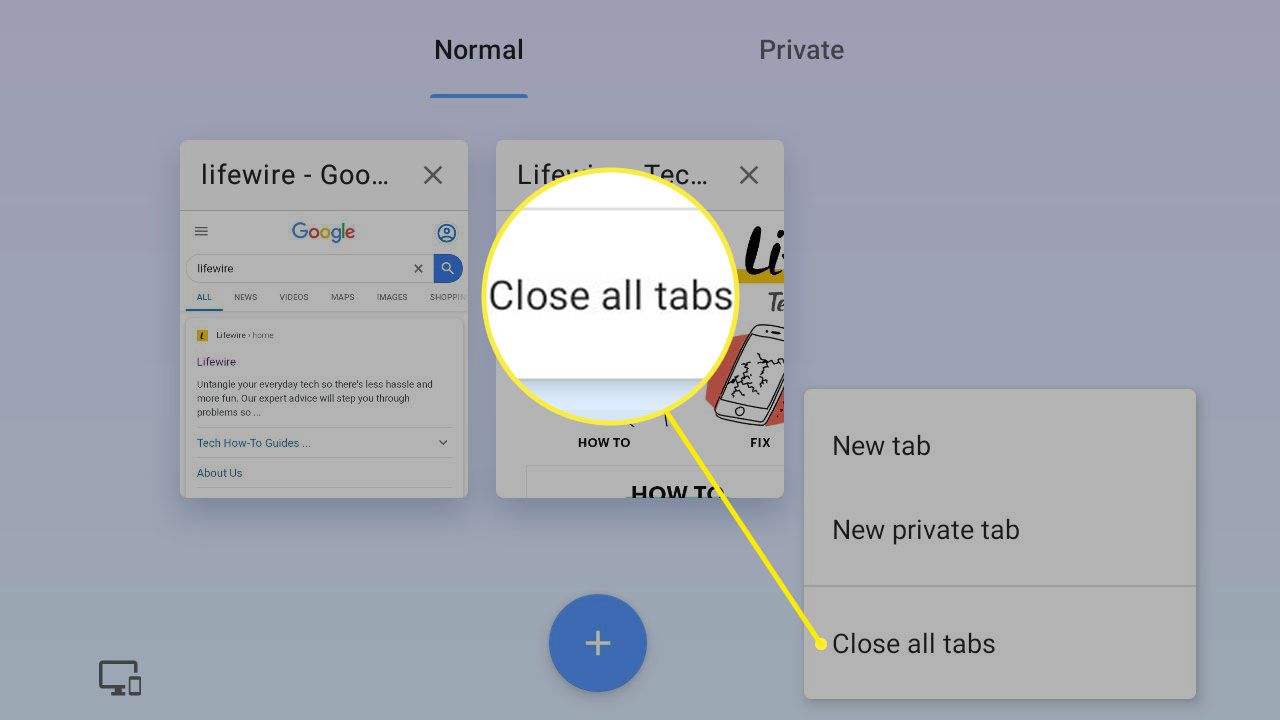Introduction
Updating your Safari browser is essential to ensure that you have access to the latest features, security patches, and performance improvements. However, encountering the message "No Updates Available" when attempting to update Safari can be perplexing. This situation may arise due to various reasons, such as system settings, cache issues, or software glitches. Fortunately, there are several troubleshooting steps you can take to address this issue and successfully update your Safari browser.
In the following sections, we will explore the step-by-step methods to resolve the "No Updates Available" message in Safari. From checking for system updates to clearing the Safari cache, resetting the browser, and even reinstalling Safari, we will cover each approach in detail. By following these guidelines, you can navigate through the update process and ensure that your Safari browser is running on the latest version, equipped with enhanced features and security measures.
Let's delve into the solutions to overcome the "No Updates Available" message in Safari and empower you to keep your browser up to date for a seamless and secure browsing experience.
Check for System Updates
One of the initial steps to address the "No Updates Available" message in Safari is to ensure that your system is up to date. System updates often include patches and enhancements that can directly impact the functionality and compatibility of your Safari browser. Here's how you can check for system updates on different platforms:
macOS
-
Click on the Apple Menu: Located in the top-left corner of your screen, click on the Apple logo to reveal the dropdown menu.
-
Select "System Preferences": From the dropdown menu, choose "System Preferences" to access the system settings.
-
Open "Software Update": Within the System Preferences window, click on "Software Update" to initiate the process of checking for available updates.
-
Install Updates: If updates are available, follow the on-screen instructions to download and install them. Once the system updates are installed, restart your computer.
Windows
-
Open Settings: Click on the Start menu and select the gear icon to open the Settings app.
-
Navigate to "Update & Security": Within the Settings app, locate and click on "Update & Security" to access the update options.
-
Check for Updates: Click on "Check for updates" to allow Windows to search for available system updates.
-
Install Updates: If updates are found, proceed to install them as per the on-screen instructions. After the updates are installed, restart your computer to apply the changes.
By ensuring that your operating system is running the latest updates, you can create a conducive environment for Safari to check for and install the latest browser updates seamlessly. This proactive approach not only addresses the "No Updates Available" message but also enhances the overall performance and security of your system.
Checking for system updates is a fundamental practice that can significantly impact the functionality of your Safari browser. Once you have confirmed that your system is up to date, you can proceed to explore additional troubleshooting steps to resolve the update issue and ensure that your Safari browser is running on the latest version.
Clear Safari Cache
Clearing the cache in Safari can effectively address the "No Updates Available" message by resolving potential conflicts or errors related to stored data. The cache comprises temporary files, such as images and website data, which are stored to enhance browsing speed and performance. However, an overloaded or corrupted cache can hinder the update process. Here's how you can clear the cache in Safari:
Step 1: Open Safari Preferences
- Launch Safari on your Mac.
- In the top menu, click on "Safari" and select "Preferences" from the dropdown menu.
Step 2: Access the Privacy Settings
- Within the Preferences window, navigate to the "Privacy" tab.
- Click on "Manage Website Data" to view the stored website data and cache.
Step 3: Remove Cache Data
- Click on "Remove All" to delete all cached data, or select specific items and click "Remove" to clear individual cache entries.
- Confirm the action when prompted.
Alternative Method: Using Develop Menu
- If the Develop menu is enabled in Safari, you can access it by clicking on "Safari" in the top menu, selecting "Preferences," and then enabling the Develop menu in the Advanced tab.
- Once the Develop menu is visible, click on "Empty Caches" to clear the cache.
By clearing the cache in Safari, you can eliminate potentially problematic data that may be hindering the update process. This action creates a clean slate for Safari to retrieve and install the latest updates without encountering the "No Updates Available" message.
It's important to note that clearing the cache may log you out of websites and remove stored preferences, so you may need to re-enter login credentials and reconfigure certain settings on websites. However, this trade-off is worthwhile as it can effectively resolve the update issue and optimize the performance of your Safari browser.
After clearing the cache, you can proceed to check for updates in Safari to ensure that the browser can now successfully retrieve and install the latest updates, keeping it in sync with the most recent features and security enhancements.
Clearing the cache in Safari is a valuable troubleshooting step that can revitalize the browser's functionality and pave the way for seamless updates, ultimately contributing to an improved browsing experience.
Reset Safari
Resetting Safari can serve as a comprehensive solution to address the "No Updates Available" message and resolve underlying issues that may be impeding the update process. This process effectively restores Safari to its default state, eliminating potential conflicts, corrupted settings, and problematic extensions that could be hindering the update functionality. Here's a detailed guide on how to reset Safari:
Step 1: Open Safari Preferences
- Launch Safari on your Mac.
- In the top menu, click on "Safari" and select "Preferences" from the dropdown menu.
Step 2: Access the Advanced Settings
- Within the Preferences window, navigate to the "Advanced" tab.
- Check the box next to "Show Develop menu in menu bar" to enable the Develop menu in Safari.
Step 3: Reset Safari
- With the Develop menu now visible in the top menu, click on "Develop."
- From the dropdown menu, select "Empty Caches" to clear the cached data.
- Next, click on "Empty" under "Clear History" to remove browsing history.
- Return to the "Safari" menu and select "Clear History and Keep Website Data" to confirm the action.
Step 4: Disable Extensions
- In the Safari Preferences window, navigate to the "Extensions" tab.
- Uncheck the boxes next to all installed extensions to disable them temporarily.
Step 5: Reset Safari Settings
- Close the Preferences window and click on "Safari" in the top menu.
- Select "Reset Safari" from the dropdown menu.
- Check the boxes for the items you want to reset, such as history, top sites, and saved passwords.
- Click on the "Reset" button to initiate the reset process.
By following these steps, you can effectively reset Safari, clearing out potentially problematic data, disabling extensions, and restoring the browser's settings to their default state. This comprehensive approach can address underlying issues that may be contributing to the "No Updates Available" message, ultimately allowing Safari to successfully retrieve and install the latest updates.
After resetting Safari, it's advisable to relaunch the browser and proceed to check for updates. This ensures that Safari can now operate in an optimized state, free from potential conflicts or corrupted settings that may have previously hindered the update process.
Resetting Safari presents a holistic solution to address the "No Updates Available" message, providing a fresh start for the browser and paving the way for seamless updates. This proactive approach can revitalize Safari's functionality and contribute to an enhanced browsing experience, equipped with the latest features and security enhancements.
Reinstall Safari
If you've encountered persistent issues with updating Safari despite attempting various troubleshooting methods, reinstalling the browser can serve as a definitive solution. Reinstalling Safari involves removing the existing installation and then downloading and installing a fresh copy of the browser. This process can effectively address underlying software glitches, corrupted files, or incomplete updates that may be impeding the functionality of the browser. Here's a detailed guide on how to reinstall Safari:
Step 1: Remove Safari
-
Backup Bookmarks and Data: Before proceeding with the removal of Safari, it's advisable to back up your bookmarks and any essential browsing data to ensure that you can restore them after reinstalling the browser.
-
Access Applications Folder: Open the "Applications" folder on your Mac and locate the Safari application.
-
Move to Trash: Drag the Safari application icon to the Trash in the Dock or right-click on the application and select "Move to Trash" from the dropdown menu.
-
Empty Trash: After moving Safari to the Trash, right-click on the Trash icon in the Dock and select "Empty Trash" to permanently delete the application.
Step 2: Download and Install Safari
-
Access the App Store: Open the App Store on your Mac and use the search function to locate Safari.
-
Download Safari: If Safari is not installed by default, you can download it from the App Store. Click on the "Download" or "Install" button to initiate the download and installation process.
-
Follow Installation Prompts: Once the download is complete, follow the on-screen prompts to install Safari on your Mac.
Step 3: Restore Bookmarks and Data
-
Import Bookmarks: If you backed up your bookmarks, you can import them back into Safari by accessing the "File" menu and selecting "Import From" to locate and import your saved bookmarks.
-
Configure Settings: After reinstalling Safari, you may need to reconfigure certain settings and preferences based on your browsing habits and requirements.
Reinstalling Safari provides a clean slate for the browser, effectively addressing persistent update issues and ensuring that you have a fresh and fully functional installation. By following these steps, you can reinstall Safari and overcome the "No Updates Available" message, allowing the browser to operate on the latest version with enhanced features and security measures.
Reinstalling Safari is a proactive approach that can revitalize the browser's functionality and contribute to an improved browsing experience. It serves as a comprehensive solution to persistent update issues, ensuring that you can seamlessly access the latest updates and enhancements for Safari.

























